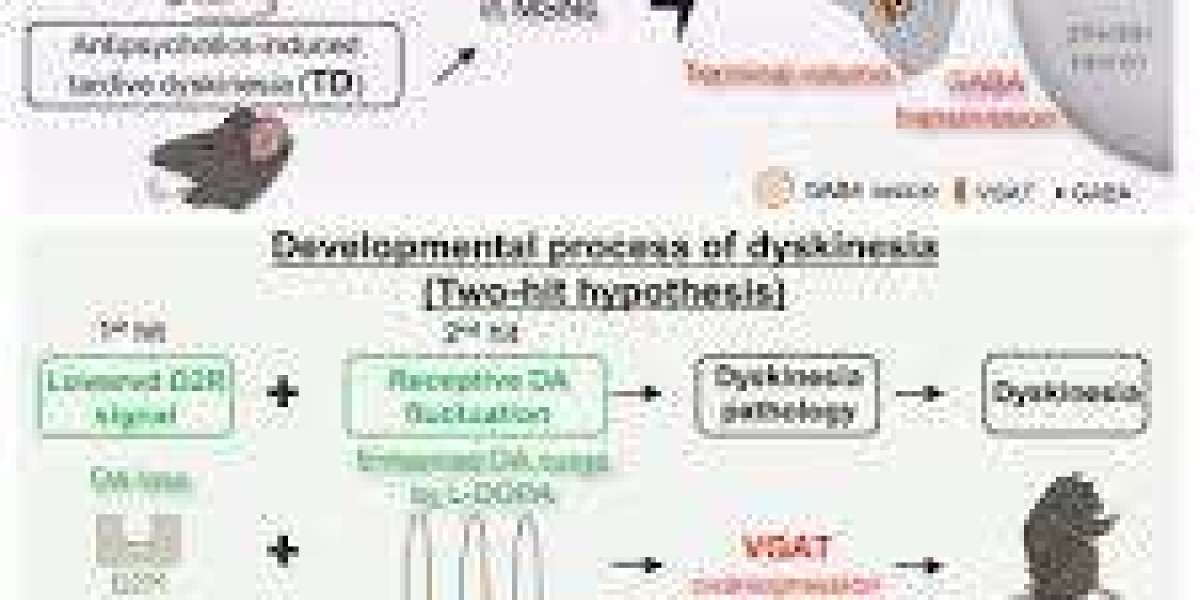Introduction
Hormonal imbalances can disrupt menstrual cycles, impair fertility, and even lead to tumor growth in the pituitary gland. One of the most effective treatments for these conditions is Cabergoline, a dopamine agonist that regulates prolactin levels. Available in 0.25 mg and 0.5 mg doses, Cabergoline (brand name Dostinex) effectively manages hyperprolactinemia, restores ovulation, and shrinks prolactin-secreting pituitary tumors.
This article explores how Cabergoline works, its benefits for menstrual and fertility disorders, and its role in treating pituitary adenomas.
Understanding Hyperprolactinemia and Its Effects
What Is Hyperprolactinemia?
Hyperprolactinemia occurs when the pituitary gland produces excessive prolactin, a hormone responsible for milk production. Elevated prolactin disrupts:
Menstrual cycles (irregular or absent periods)
Fertility (anovulation, difficulty conceiving)
Sexual function (low libido, erectile dysfunction)
Pituitary health (tumor growth, such as prolactinomas)
Causes of High Prolactin Levels
Pituitary tumors (prolactinomas) – Benign growths that secrete prolactin.
Hypothyroidism – An Underactive thyroid increases prolactin.
Medications – Antipsychotics, antidepressants, and anti-nausea drugs.
Chronic stress – Disrupts dopamine, which normally inhibits prolactin.
Cabergoline: A Powerful Dopamine Agonist
How Cabergoline Works
Cabergoline belongs to the dopamine agonist class, mimicking dopamine to suppress prolactin secretion. Unlike older drugs (e.g., Bromocriptine), Cabergoline has:
Longer half-life (taken 1-2 times weekly instead of daily).
Fewer side effects (less nausea, dizziness).
Higher efficacy in shrinking pituitary tumors.
Dosage: Cabergoline 0.25 mg vs. 0.5 mg
Starting dose: Typically, Cabergoline 0.25 mg twice weekly, adjusted based on prolactin levels.
Maintenance dose: Increased to Cabergoline 0.5 mg twice weekly if needed.
Prolactinoma treatment: May require higher doses under medical supervision.
Cabergoline’s Role in Treating Menstrual and Fertility Disorders
Restoring Regular Menstrual Cycles
High prolactin inhibits GnRH (gonadotropin-releasing hormone), leading to irregular or absent periods (amenorrhea). Cabergoline normalizes prolactin, allowing:
Resumption of ovulation
Regular menstrual bleeding
Reduction in PMS symptoms
Improving Female Fertility
Women with hyperprolactinemia often struggle with infertility due to anovulation. Cabergoline helps by:
Lowering prolactin to allow egg release
Enhancing endometrial receptivity
Increasing pregnancy success rates
Clinical Evidence: Studies show over 80% of women resume ovulation within weeks of starting Cabergoline.
Supporting Male Reproductive Health
Men with high prolactin experience:
Low testosterone
Erectile dysfunction
Reduced sperm production
Cabergoline restores testosterone levels and improves sexual function.
Cabergoline for Pituitary Tumors (Prolactinomas)
Shrinking Prolactin-Secreting Adenomas
Prolactinomas are non-cancerous pituitary tumors causing:
Vision problems (if pressing on optic nerves)
Headaches
Hormonal disruptions
Cabergoline effectively:
Reduces tumor size in 70-90% of cases.
Normalizes prolactin levels without surgery.
Prevents recurrence with long-term use.
Comparing Cabergoline to Surgery
Non-invasive: Preferred over risky pituitary surgery.
High success rate: Most patients avoid surgery altogether.
Maintenance therapy: Prevents regrowth after tumor shrinkage.
Safety and Side Effects of Cabergoline
Common Side Effects
Mild nausea or dizziness (usually temporary).
Headaches (resolves with continued use).
Fatigue (less common than with Bromocriptine).
Rare but Serious Risks
Heart valve fibrosis (with very high doses, long-term use).
Psychiatric effects (mood changes, impulse control disorders in rare cases).
Monitoring: Doctors check prolactin levels, echocardiograms (if long-term use), and tumor size (via MRI).
Who Should Avoid Cabergoline?
Pregnant women (unless under strict supervision).
People with uncontrolled hypertension.
Those with heart valve disease.
Conclusion: Cabergoline as a Key Treatment
Cabergoline (Dostinex) is a highly effective, well-tolerated treatment for:
✔ Hyperprolactinemia (high prolactin).
✔ Menstrual irregularities (amenorrhea, PCOS-like symptoms).
✔ Infertility (restoring ovulation and sperm production).
✔ Pituitary tumors (shrinking prolactinomas without surgery).
With proper dosing (0.25 mg to 0.5 mg weekly) and medical supervision, patients regain hormonal balance, fertility, and quality of life.
Frequently Asked Questions (FAQs)
1. How quickly does Cabergoline work?
Prolactin levels drop within days, but menstrual cycles may take weeks to normalize.
2. Can Cabergoline cure prolactinomas permanently?
It controls tumor growth, but some patients need long-term maintenance therapy.
3. Does Cabergoline cause weight gain?
No, it’s less likely than other hormonal treatments.
4. Is Cabergoline safe for breastfeeding mothers?
No—it suppresses milk production.
5. Can men take Cabergoline for low testosterone?
Yes, if high prolactin is the cause.



